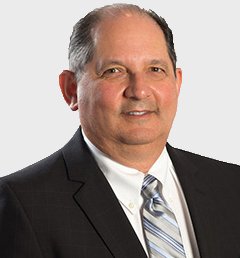Be reasonable or the court will penalize you. Estate Litigation lawyers constantly struggle with these decisions.
Justice Michael Valente lowered the hammer on a plaintiff who failed to act reasonably in an estate litigation matter. We are examining the Judge’s 2024 decision in Kurt v Kurt & Sullivan. The facts are muddled, but they are largely the following. A lawyer made a mistake in drafting the Wills. The unhappy daughter of the testator i.e. the person who made the Will, thought it was being interpreted incorrectly by the executors. Her father died and the unhappy daughter tried to push that due to the error in drafting by the lawyer, one interpretation of the Will would have left her with an additional $800,000. Problem is, she was far from being the favorite child. There was no reason as to why she would have been preferred. Justice Valente was not happy with the way that she had behaved throughout the litigation. She made strategic but unreasonable offers to settle. She carried on the case from a scorched earth perspective when there were equally effective and more summary ways of resolving the case. She sed a lack of goodwill, and the Judge penalized her. She argued that this entire case was not her fault, but because of an error in the Will signed by her father. She accordingly asked that her legal fees be paid out of the estate, effectively causing her siblings to share her legal costs. Wills and Estate Lawyers are familiar with this approach.
The Judge decided not to exercise his discretion to permit this. The daughter spent over a $100,000 fighting a losing battle and the Judge made her not only bear her own costs but contribute to the costs of the estate. It is important to note that Justice Valente distinguished this case from the 2010 Lipson v Lipson case which also contained a drafting error. There the willmaker refused to read over his Will. The losing daughter’s behaviour motivated the court to make her swallow the significant legal fees her demands made. Be careful.
However, conversely one can argue strategically the opposite. It is rare for a claim to go to trial and then face the consequences of a Judge’s wrath. If you pursue a very aggressive and unreasonable stance, sometimes that forces your opponent to settle as they are running out of legal fees. Not an easy decision. An Estate Litigation Attorney as our American cousins refer to we lawyers as have to weigh the advantages and disadvantages of this strategy constantly.






















